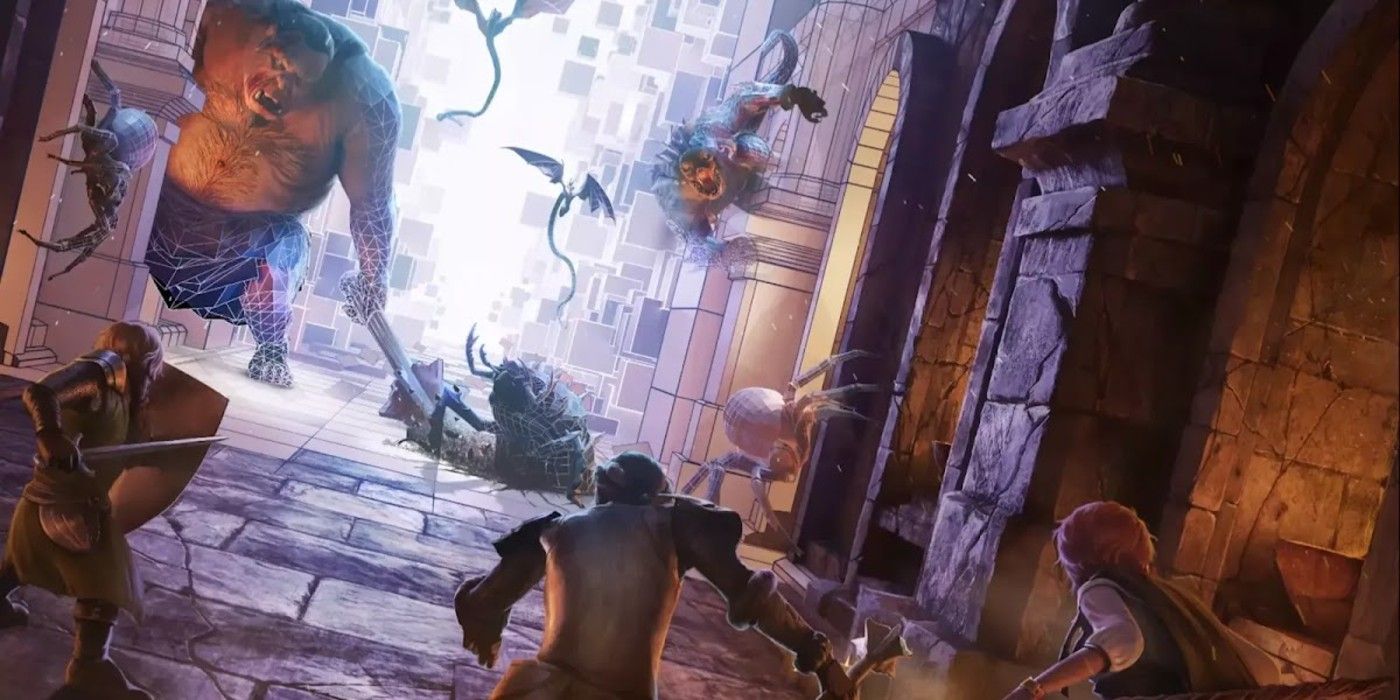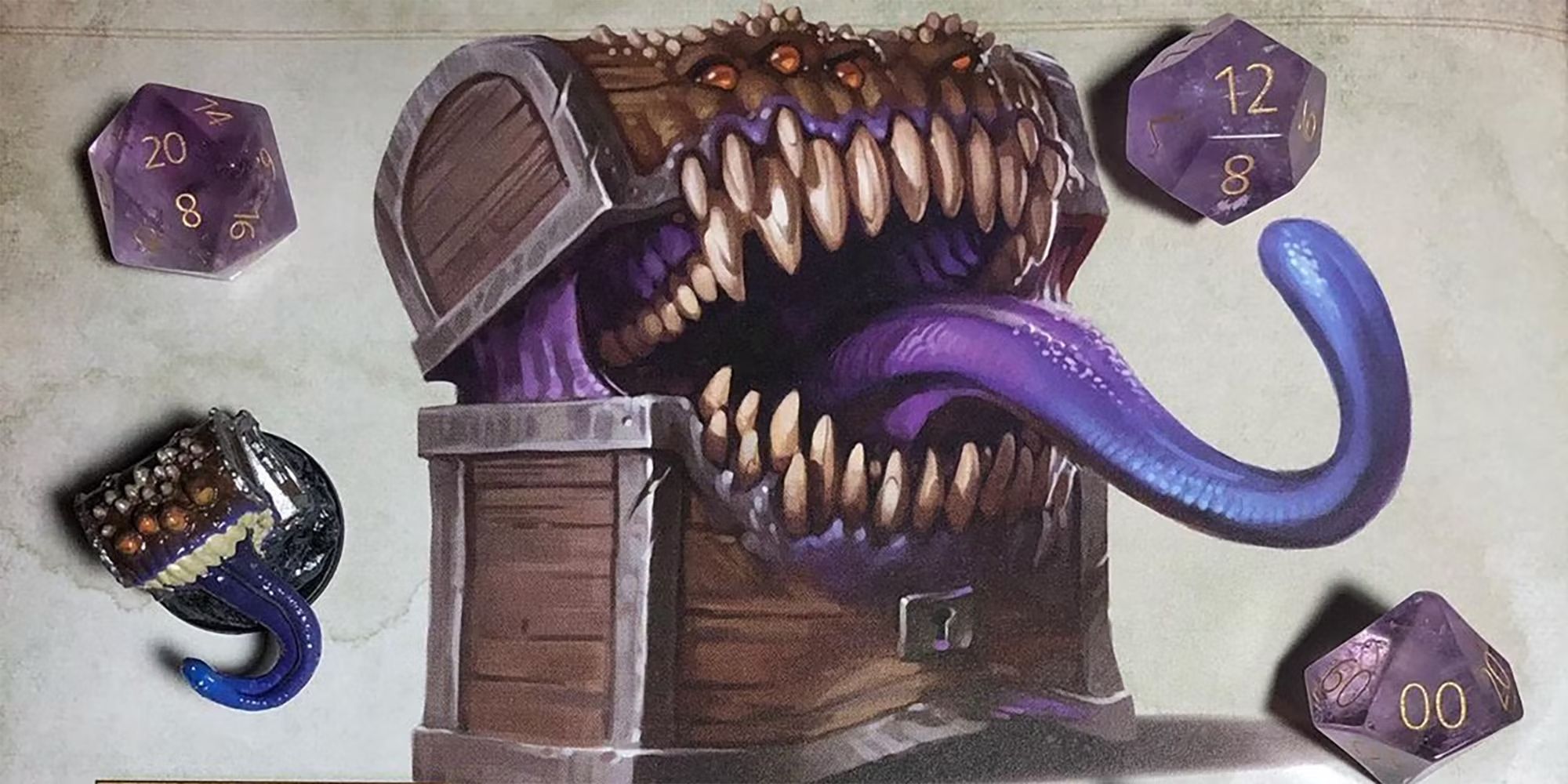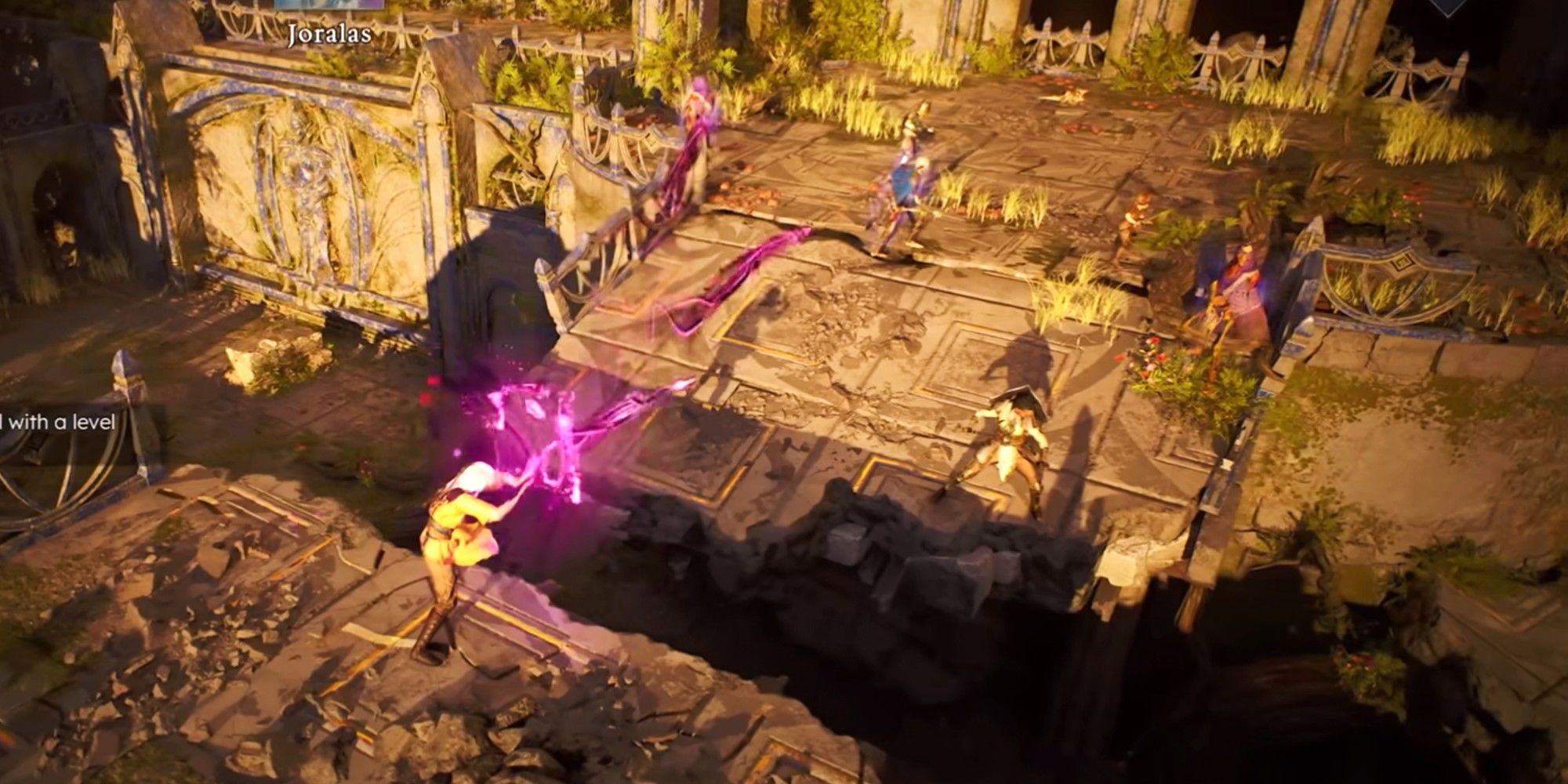
Playing Solasta reminded me of the impact that terrain and verticality have on Dungeons and Dragons', but it also highlights how far Virtual Tabletops fall short of what I expected them to offer. Solasta I used 5e D&D System Reference Document (SRD) to create a video game that faithfully adapted the ruleset, more than even Baldur's Gate 3. Battles offer a fun way to experience a game system I'm familiar with in a different medium, but that's it the use of vertical space and interesting terrain set it apart from the typical tabletop experience. VTTs, theoretically, should fill this gap.
Some players evaluate D&D Beyond Maps against Project Sigil, but there are already several popular VTTs that many players and DMs trust, such as Foundry, Roll20, and Fantasy Grounds. When I first got involved with VTTs, I imagined they would open the door to complex battlemaps, similar to the ones I see in Solasta. The game regularly features flying creatures, elevated platforms with gaps to jump over, and creatures hidden inside structures. Lines of sight and coverage come into play, and everything flows smoothly with minimal issues regarding movement or targeting; I really expected VTTs to offer all of this.
Complex D&D battles require expensive accessories
Three-dimensional terrain is elegant but bulky and expensive
Even the supposed best VTTs for racing D&D campaigns seem to encounter the same obstacles when it comes to battles. In my home games, I've always been content with a blank map and miniatures. I could show that an enemy was flying by placing it on top of a dice box. I simply drew any structures as walls with effectively transparent ceilings. There were still some complications with this, like when a character tried to move one square below or above another. These were not ideal solutions, of course, but the best options can become expensive, like real three-dimensional castles and towers.
VTTs in no way combine the ease of drawing a map with immersion in three-dimensional terrain. They have a distinct learning curve for both players and the Game Master.
Accessories like the D&D Campaign Case Terrain Box can save time drawing specific terrain types, but they do little to address cover, structures, or verticality in battles. I splurged on some sculpted or 3D printed accessories to enhance our experience. Narrow, raised platforms for miniatures can help clarify vertical positioning, but the chances of them remaining in place if a battle is paused for a week are slim. I only own a few 3D structures and I admit it was very tempting to have all the battles take place near the same castle and tower for a while.
Despite their appeal, the costs of such accessories can add up quickly, unfortunately. When I run a game in a different location than my house, that means more gear to carry around with me. If the party avoids a planned fight, then it's a bulky, fragile item I brought to the session for no reason. When COVID hit and I tried VTTs, I expected a more similar experience Solasta. I assumed VTTs would present three-dimensional environments at the click of a buttonwith automated site and coverage lines, and any vertical movement handled as seamlessly as horizontal movement.
Solasta features different D&D combat than BG3
The battlefield is as important as Solasta's fighters
However Baldur's Gate 3 certainly surpassed it in narrative and character development, Solasta is a solid D&D adaptation. It has elegantly skirted the boundaries of the SRD with its new talents and subclasses, many of which have reached the excellent Solasta tabletop RPG campaign setting book for 5e D&D. There are areas where Solasta has surpassed Baldur's Gate 3and the biggest is use unique terrain for your battles and focus on verticality. Solasta does not avoid flying enemies or enemies with climbing speeds, such as spiders running along the sides and under platforms.
It may seem strange that Solastaof D&D authenticity exceeds BG3but it takes fewer liberties with the basic rules of the game and its changed elements are solely due to the limits of the SRD. Managing lighting and vision is also a fundamental part of the experience in Solasta. Complex vertical movements, like flying and climbing walls, and real-time vision calculations are things that would be complicated in a gaming session. D&D. Sticking a climb speed miniature onto the side of a 3D terrain wall is certainly not the easiest thing to do.
Many VTTs attempt to integrate the mechanics of D&D in the program itself, which is worthless, considering the extreme simplicity of the 5e system.
Solasta reminded me once again of my expectations regarding VTTs, and how far they fall short. I expected VTTs to calculate vertical squares of movement as easily as they do horizontal movement, right from the start. I assumed vision, lighting, and coverage would be a standard part of the VTT experience. For anyone who has played with VTTs like Fantasy Grounds and Roll20, you know that this is far from the case. Owlbear Rodeo and all the others offer similar options. Most require mods and experience to get the most out of them.
Official VTTs for D&D are a far cry from Solasta
VTTs put too much focus on mechanics rather than their maps
There are some best practices for D&D campaigns, but one of them not always mentioned is tempering your expectations. VTTs in no way combine the ease of drawing a map with immersion in three-dimensional terrain. They have a distinct learning curve for both players and the Game Master. Many of them are capable of doing impressive things, but getting them up and running often requires downloading mods, trial and error, and time spent on forums. They are certainly a far cry from the ease of simply placing a prefabricated piece of land on a grid map.
There are some VTTs that focus on maps and miniatures rather than integrating game mechanics, such as Dudes On A Map: Virtual Grid Paper and the original Owlbear Rodeo, but most VTTs are oddly concerned with putting statistics and dice rolls into the game. VTT itself.
Even the time from starting up a VTT to moving minis around a map of any kind can be annoying. Many VTTs attempt to integrate the mechanics of D&D in the program itself, which is worthless, considering the extreme simplicity of the 5e system. Few experienced players need a VTT to track the basic math involved in 5th Edition combat, but any group could use a VTT that allowed a flying mage to be clearly displayed ten feet above another flying enemy. VTTs misprioritize Dungeons and Dragons' dominates Solastavertical movement and complex terrain.
Source: Tactical Adventures/YouTube

